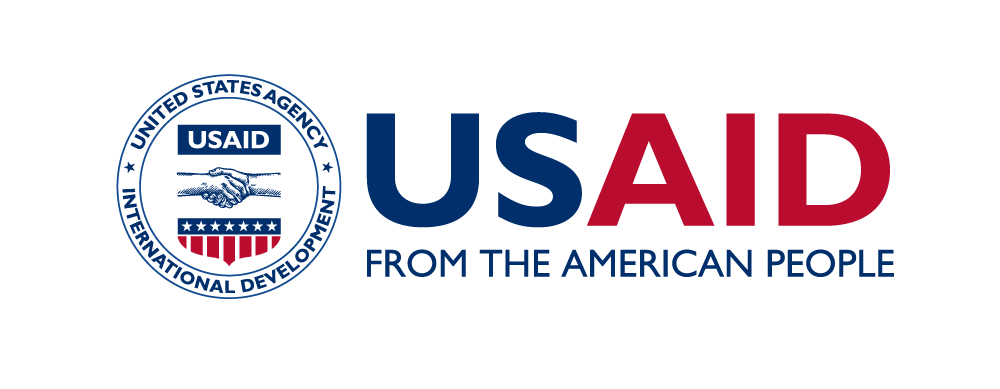Other articles
KredoBank Secures a $40 Million Loan Portfolio Guarantee from the United States International Development Finance Corporation
KredoBank Secures a $40 Million Loan Portfolio Guarantee from the United States International Development Finance Corporation to Back $50 Million in Financing to Ukrainian Businesses
KredoBank received an additional EUR 10 million from the European Commission
On October 8, during the Common Future Congress in Poznan, KredoBank, which is part of the PKO Bank Polski financial group, signed an agreement with Bank Gospodarstwa Krajowego on the implementation of an additional guarantee in the amount of EUR 10 million from the European Commission.
KredoBank and the EBRD signed an agreement on extension of the guarantee program for business lending for EUR 100 million
On September 11, 2024, Ukraine's KredoBank, which is part of the PKO Bank Polski Group, signed a new risk-sharing agreement with the European Bank for Reconstruction and Development for business lending for a total amount of EUR 100 million.
Needs of the Ukrainian building materials industry
The building materials industry is a particularly promising niche for Polish companies investing in Ukraine and exporting to this market.


